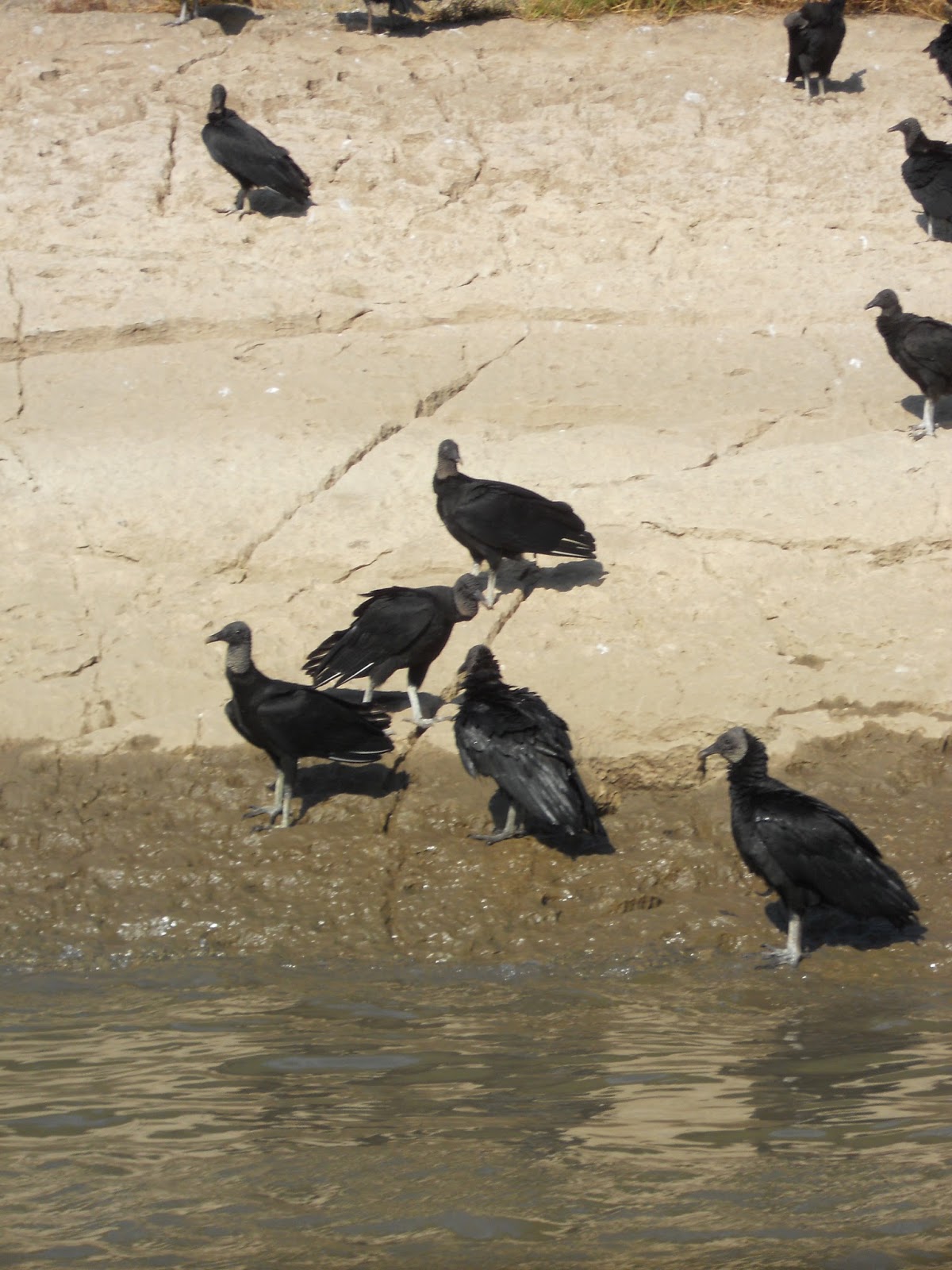Green enchiladas are one of our favorite dishes. You can make them spicy or leave them plain; you can put chicken, pork, or make them vegetarian; and they make awesome leftovers. They are wonderful any time of year, and they can feed a crowd.
Ingredients:
Sauce:
- 12-15 large tomatillos
- 2 green bell peppers
- 1 spicy chili - serrano or habanero (optional)
- 1 large onion
- 500ml (2 cups) broth (chicken or vegetable if making vegetarian enchiladas)
- 2 limes
- cilantro
- salt
- pepper
*You will need either a stand alone or hand blender.
Enchiladas:
- Package of small corn tortillas
- cheddar or colby jack cheese
Put the tomatillos in a bowl of water to moisten the paper husks. They will be easier to remove.
After cleaning the tomatillos, the green bell peppers, and (if desired) the chili, place them on a baking sheet in the oven. Bake them at 175 C (350 F) until the tomatillos are soft and releasing juice, and the peppers are shriveled.
While the tomatillos and the peppers are baking, chop the onion and begin sauteing it in a deep pan with some olive oil. Saute it at medium heat until they are translucent and soft.
Once the onions are ready, put the tomatillos and peppers in the pot. Prepare the peppers by removing the stems and seeds. If you want to, you can also cut the tomatillos in half, but this is not necessary. Cook all the vegetables together until they are very soft. You can smash the tomatillos with a wooden spoon or spatula while they cook.
Once all the vegetables are very soft, you can add the broth and simmer for 20 minutes or so. This is when you can add the cilantro, salt, and pepper. About 10 - 15 cilantro leaves should be sufficient. Put salt and pepper to taste.
When done simmering, turn off the stove and let the mixture cool. Blend the mixture and add the juice of the two limes. Now you are ready to make the enchiladas.
Preparation:
Take small personal ramekins or a large baking dish and coat the bottom with some of the enchilada sauce. We use terracotta cazuelas - we have small personal cazuelas and one very large cazuela.
Heat a nonstick pan and coat it with a tiny amount of olive oil. One by one, heat the corn tortillas in the pan. This will make them more flexible and allow you to roll them. Place the heated tortilla on a flat surface and put in the fillings. Cheese is essential. We usually put cheese and then some sort of meat - pulled pork or pulled chicken breast (see the end of this post for how we cook these). If you want vegetarian enchiladas, you can put just cheese, or you can put cheese and beans. Once you have your fillings on the tortilla, you can roll the tortilla and place it in the baking dish.
Repeat this process until you've made the number of enchiladas that you want. We usually have three enchiladas in each personal dish, and if we make a large dish, we fill it to the brim. Once you have your enchiladas all made, cover them with more enchilada sauce, and grate more cheese over the top.
Put the enchiladas in the oven at 175 C (350 F) until they are hot and bubbly. Serve them with beans and rice (see the end of this post for how we make our rice).
Pulled Cumin Chicken:
Take two chicken breasts and brown them in a pot with a small amount of olive oil. Once browned, add 250ml broth (1 cup) and cover the pot with a lid. Simmer until the chicken is done and the broth is evaporated. Let the chicken cool and then "pull" the meat (tear it up into long thin strips). Sprinkle the pulled chicken with cumin, salt, and pepper.
Pulled Orange Pork:
Take 1 kilo (2 lbs) pork and brown it in a pot with a small amount of olive oil. I suggest a large pork roast that is not too expensive. Once the pork is browned, pour orange juice over the top and cover the pot with a lid. Simmer the orange juice, turning the pork over periodically. Keep adding orange juice until the pork is cooked. Once the pork is completely cooked, take the lid off the pot and reduce the orange juice until it is thick. Let the pork cool and "pull" the meat. The remaining reduced orange juice will be the sauce for the pork.
Cilantro-Lime Rice:
Take 1/2 a green bell pepper and chop it. Mince one clove of garlic. Saute these with some olive oil till soft. Put these in a blender with salt, pepper, cilantro, and juice of one lime. Take that puree and mix with cooked white rice.



































